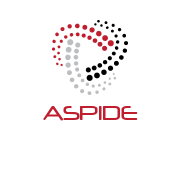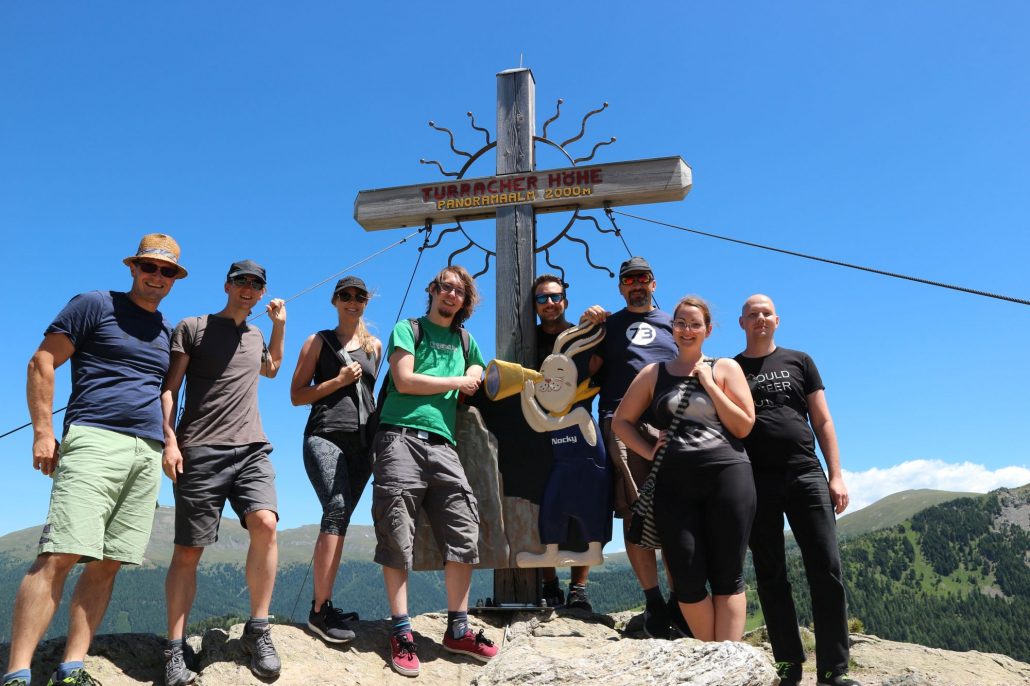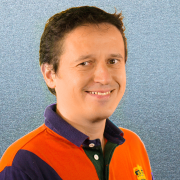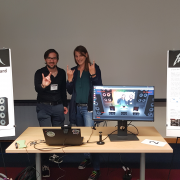Authors: Wen Ji, Zhu Li, H. Vincent Poor, Christian Timmerer, and Wenwu Zhu
Abstract: With the growing integration of telecommunication networks, Internet of Things (IoT), and 5G networks, there is a tremendous demand for multimedia services over heterogeneous networks. According to recent survey reports, mobile video traffic accounted for 60 percent of total mobile data traffic in 2016, and it will reach up to 78 percent by the end of 2021. Users’ daily lives are inundated with multimedia services, such as online video streaming (e.g., YouTube and Netflix), social networks (e.g., Facebook, Instagram, and Twitter), IoT and machine generated video (e.g, surveillance cameras), and multimedia service providers (e.g., Over-the-Top (OTT) services). Multimedia data is thus becoming the dominant traffic in the near future for both wired and wireless networks.
W. Ji, Z. Li, H. V. Poor, C. Timmerer and W. Zhu, “Guest Editorial Multimedia Economics for Future Networks: Theory, Methods, and Applications,” in IEEE Journal on Selected Areas in Communications, vol. 37, no. 7, pp. 1473-1477, July 2019.
doi: 10.1109/JSAC.2019.2918962
Link: https://doi.org/10.1109/JSAC.2019.2918962






 The second Game Studies and Engineering and Game Jam retreat took place on June 27-29 at Marktlalm on Turracher Höhe. The curriculum committee, game jam volunteers and organizers of the GamePics jam and show came together to discuss ongoing and future activities of the AAU in the context of games.
The second Game Studies and Engineering and Game Jam retreat took place on June 27-29 at Marktlalm on Turracher Höhe. The curriculum committee, game jam volunteers and organizers of the GamePics jam and show came together to discuss ongoing and future activities of the AAU in the context of games.

 Paper Title: Alternative inputs for games and AR/VR applications: deep headbanging on the web
Paper Title: Alternative inputs for games and AR/VR applications: deep headbanging on the web